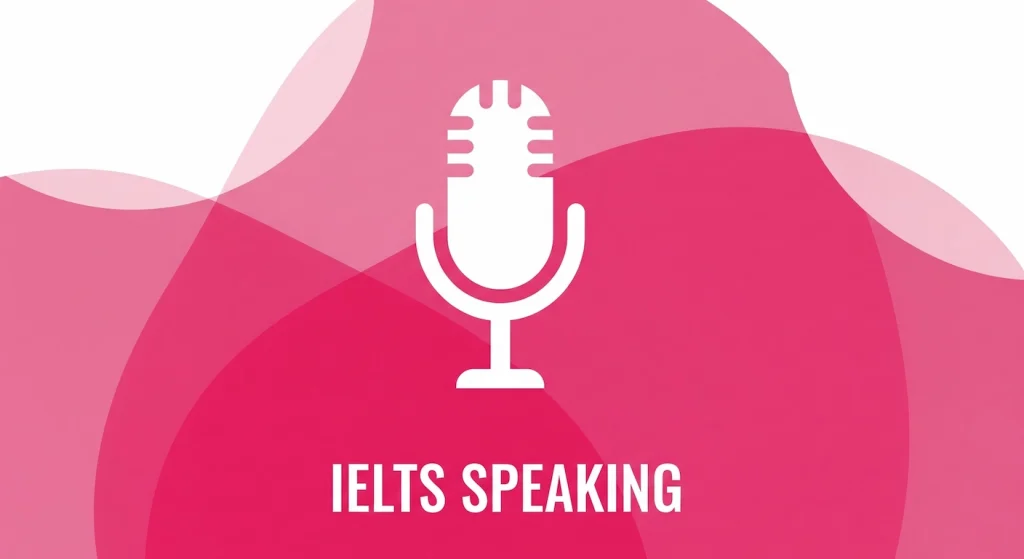
Imagine this: you walk into the test room, sit down opposite the examiner, and after a brief introduction, they smile and ask a simple question. “Do you like chocolate?” Your mind goes blank. Should you just say “yes”? Is that too short? Should you give a long speech about the history of cacao? This moment of uncertainty is where many candidates lose their footing right at the start of the speaking test.
The questions in IELTS Speaking Part 1 seem deceptively simple. They cover familiar topics like your hometown, your job, or your hobbies. However, the biggest mistake test-takers make is underestimating this section. Answering with a single word or a poorly structured sentence can negatively impact your score from the outset. Your ability to communicate clearly and effectively on these everyday topics sets the tone for the rest of the exam.
This comprehensive guide will provide you with a powerful strategy to master this crucial first section. We will break down what the examiner is looking for, introduce a simple yet effective formula for structuring your answers, and cover key strategies for fluency, vocabulary, and grammar. By the end, you’ll know exactly how to give perfect answers and start your IELTS Speaking test with confidence.
Before diving into techniques, it’s essential to understand the purpose and structure of this part of the test. Think of it as a warm-up—a chance for the examiner to get to know you and assess your foundational communication skills.
In IELTS Speaking Part 1, the examiner isn’t trying to catch you out with difficult questions. Their primary goal is to assess your ability to:
Essentially, they want to see if you can hold a simple, natural conversation.
This section is relatively short, lasting between 4 and 5 minutes. During this time, the examiner will ask you questions on 2 to 3 different familiar topic areas. For example, they might start by asking about your work or studies, then move on to questions about weekends, and finally ask about music. The transition between topics is always clear, ensuring you can follow the conversation easily.
While it’s impossible to predict the exact questions you’ll be asked, the topics for IELTS Speaking Part 1 are always personal and familiar. Preparing for common themes is one of the best ways to build confidence.
Frequently recurring topics include:
Rehearsing how you might talk about these areas will give you a solid foundation for whatever questions come your way.
Many candidates get stuck between giving an answer that is too short and one that is too long. The ‘Answer-Extend-Develop’ formula provides a simple, memorable structure to ensure your response is just right—detailed enough to showcase your skills without going off-topic.
First and foremost, answer the question directly. This shows the examiner you have understood what was asked. It should be a clear and concise opening to your response.
Next, extend your answer by explaining why. Use connecting words like “because,” “since,” or “as” to add a reason for your initial statement. This adds depth and demonstrates your ability to connect ideas logically.
Finally, develop your point with a specific example or an extra piece of information. This is where you can truly showcase your vocabulary and grammatical range.
Let’s see this formula in action with a typical IELTS Speaking Part 1 question:
“Do you like cooking?”
This structured answer is detailed, fluent, and directly addresses the question, making it a high-scoring response.
Fluency isn’t just about speaking fast; it’s about speaking smoothly and naturally, with logical connections between your ideas.
Using simple linking words and discourse markers can make your speech sound much more natural and coherent. Instead of jumping from one idea to the next, use phrases like:
These small additions help you organize your thoughts and guide the listener through your response.
Examiners are trained to spot memorised, or ‘scripted,’ answers. They sound unnatural and don’t allow you to genuinely engage with the questions. Instead of memorising entire paragraphs, focus on learning the ‘Answer-Extend-Develop‘ formula. This flexible structure allows you to build a fresh, authentic answer for any question you face in IELTS Speaking Part 1.
Using a good range of vocabulary and grammar is crucial for achieving a higher band score.
Try to avoid overusing simple words. Before your test, brainstorm synonyms for common expressions.
Even in IELTS Speaking Part 1, you can subtly demonstrate your command of grammar. When answering a question, think about whether you can naturally incorporate different tenses. For example, if asked about a hobby:
Steering clear of these common pitfalls will significantly improve your performance:
Mastering IELTS Speaking Part 1 is about finding the perfect balance. It requires you to be concise yet detailed, natural yet strategic. By understanding the test’s purpose and consistently applying a clear structure to your answers, you can turn this initial warm-up into a high-scoring performance.
Key Takeaways:
Final Expert Tip: Remember, IELTS Speaking Part 1 is a conversation, not an interrogation. Your goal is to be a confident and willing communicator. Smile, make eye contact, be yourself, and show the examiner what you can do.
Get instant, AI-powered feedback on your IELTS essays. Improve your writing, structure, and vocabulary with WritewiseAI’s world-class technology.